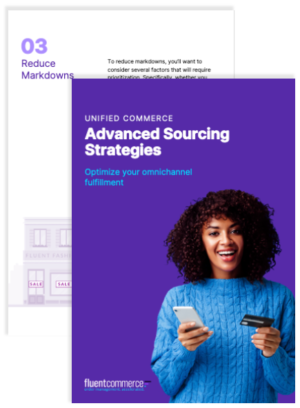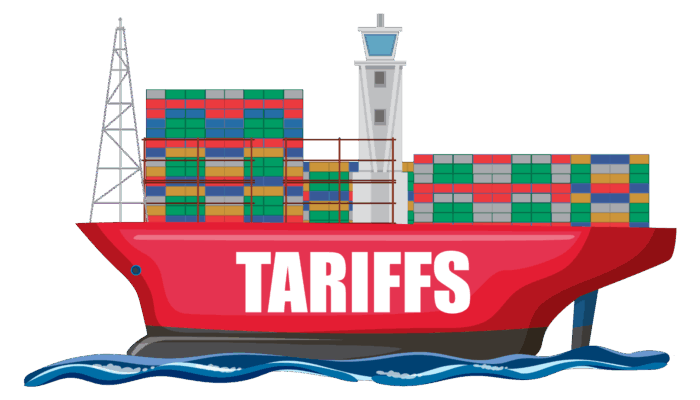As conversations start to shift from ‘lockdown’ to ‘reopening’ the big question is ‘What will the new normal look like?’ Will customers return to stores? Are they busting to go back to everyday life? Or will there be a residual shift in behavior? In this article we’ll look at some data on habits, and recovery from a past health event, that may provide guidance. We’ll also look at what you can do today to prepare for the successful return of retail.
New Habits
While popular books often state that it takes 21 or 30 days to create a new habit, the average is actually quite a bit longer. 66 days in fact, with a range of 18 to 254 days. But given many consumers will be confined to their homes for at least two months, it’s safe to say that for some people habits will change.
Consider all the changes consumers have made during this time. More home cooking, in-home workouts and personal grooming, online ordering, curbside pickup. Moreover, they’ve often had to shift where they’ve shopped due to availability and delivery times. Consumer trust in product availability has been eroded.
What’s more, with suggested asymptomatic and pre-symptomatic transmission rates being 20-50%, McKinsey & Company predicts that consumer caution will be ongoing. And as Chipotle learned the hard way, consumers need to feel safe.
Chipotle’s e.coli outbreak recovery
When fast food chain Chipotle experienced an e.coli outbreak in 2015 only 60 people were affected, and there were zero deaths. Most cases were in just two states, and the outbreak was declared over in January 2016. But the damage lingered for years.
In fact in a 2018 UBS Evidence Lab survey of 1,500 people, UBS analyst Dennis Geiger stated, “The biggest reason people say they’re eating Chipotle less frequently is a concern about food safety.” Unfortunately this was reflected in Chipotle’s financials. Quarterly revenue didn’t recover to its pre-outbreak levels until Q2 2018. And their stock price? It didn’t exceed its August 2015 high of $749 until July 2019—that’s almost 4 years. So what’s the lesson?
Rebuild brand trust now
Get ahead. Start taking steps to start rebuilding trust in your brand now. Both trust from a safety perspective, and that of product availability. To do this you’ll want to sure up your supply chain, and revamp your in-store processes. To help with this process, let’s look at 10 steps you can take across three key areas, Inventory and Fulfillment, Store Operations, and Customer Communications.
INVENTORY AND FULFILLMENT
1. Take stock
As soon as possible, use this time to make sure you know what inventory you have where. Whether it be in warehouses, stores, or in-transit, you’ll want an accurate inventory picture.
2. Identify potential supply disruptions
Analyze suppliers (e.g., balance sheet, inputs to manufacturing, import delays, etc.) and identify potential supply disruptions, whether now, or in the future.
3. Mitigate supply disruptions
For example, you may need to:
- Increase safety stock on products from ‘at risk’ suppliers
- Identify alternate suppliers
- Start onboarding alternate suppliers or setting them up as drop ship vendors
4. Prepare for a phased re-opening
Not all geographic regions will reopen at the same time. You may be able to open some stores for Click and Collect or Ship from Store only before you can open them for customer traffic. Can you organize your fulfillment locations into logical segments (e.g., based on geography and fulfillment method) and build business rules so you can bring them online/offline quickly and easily when things start to reopen?
STORE OPERATIONS
5. Identify ways you can limit person-to-person contact in stores
Take cues from the essential stores that are still operating. For example, set up social distancing in checkout lines, one way aisles, contactless payments, contactless in-store pickup, curbside pickup, and identify any signage you will need to support these measures and make customers and employees feel safe. Remember, consumers have become used to shopping at stores with these measures in place. It may take time before they’re comfortable shopping without them.
6. Identify in-store areas that will require regular disinfecting
This may include checkout, doors, door handles, carts/baskets, etc. Then research how often they will need to be cleaned and develop store processes and staffing plans accordingly.
7. Calculate your need for cleaning/disinfecting supplies and PPE and identify suppliers
What quantities of clearing supplies, equipment and PPE (gloves, masks, etc.) will you need? Can your existing suppliers meet those needs? Or will you need to identify new suppliers.
8. Create and order new signage
To support your new processes, make customers and staff feel safe, and to welcome customers back to your stores.
9. Develop/update safety training programs for staff
These can serve two purposes. Not only can you use them to train staff, but as content for your customer communications.
CUSTOMER COMMUNICATIONS
10. Tell customers about your new safety and cleaning policies
It gives you a great way to stay in touch with customers when they don’t need your products and services, and ensures they’ll feel safe to shop with you once they do. You might consider live streaming cleaning operations to show how thoroughly you’re cleaning your stores, or showing customers how you’ll make sure they can continue to social distance when they start to shop again.
In Conclusion
Already we’re starting to see early signs that retail will return stronger than ever. In China, an Hermès Boutique posted record sales in its first day of trading. But to experience success consumers need to trust your brand. Trust that you will keep them safe, and trust that when they place an order you’ll be able to deliver what they want, where they want, when they want it.
For more information on how Fluent Order Management can give you better, more flexible ways to manage Drop Ship Vendors (DSVs) and fulfillment networks, Request a Demo today.




